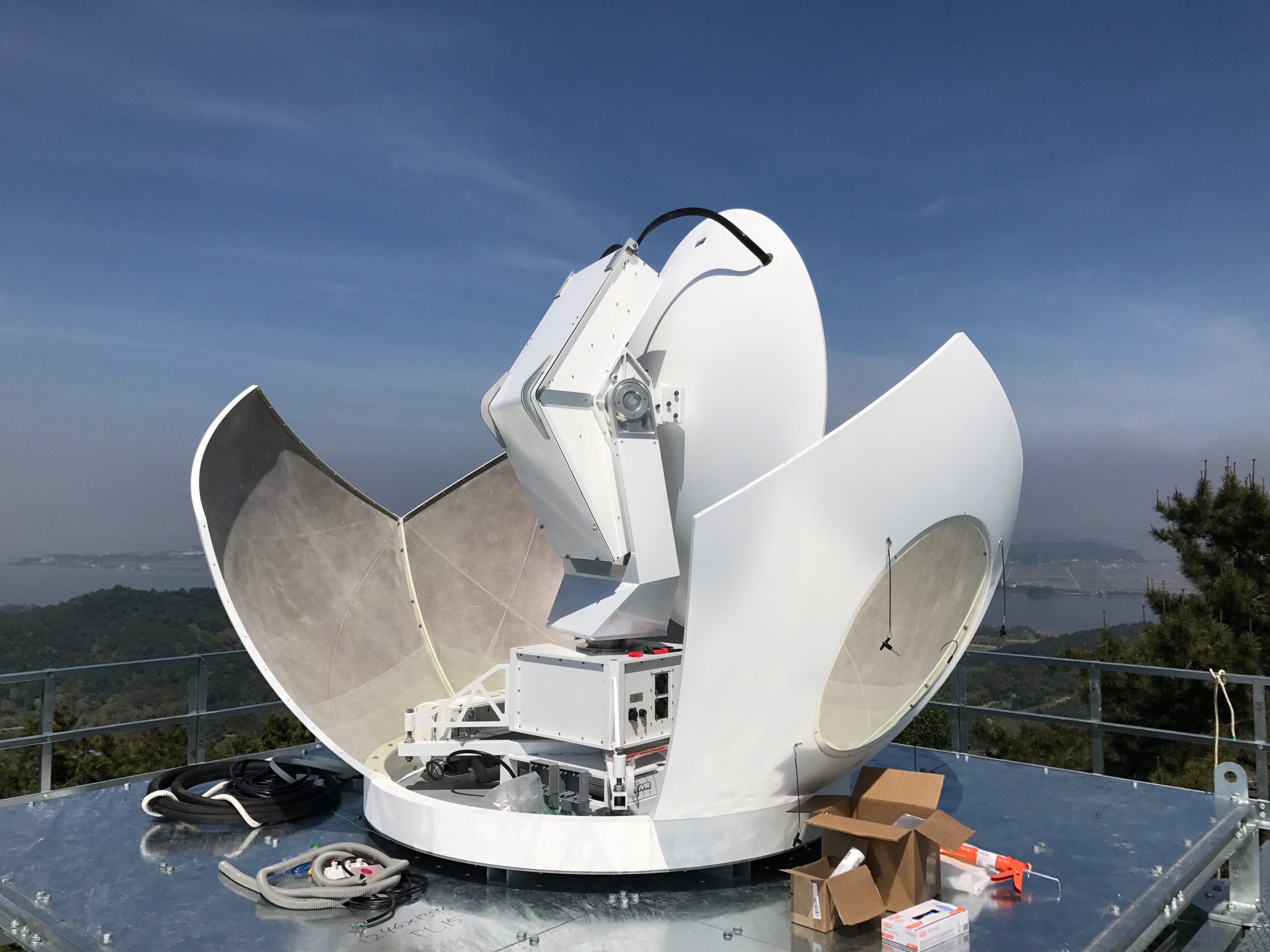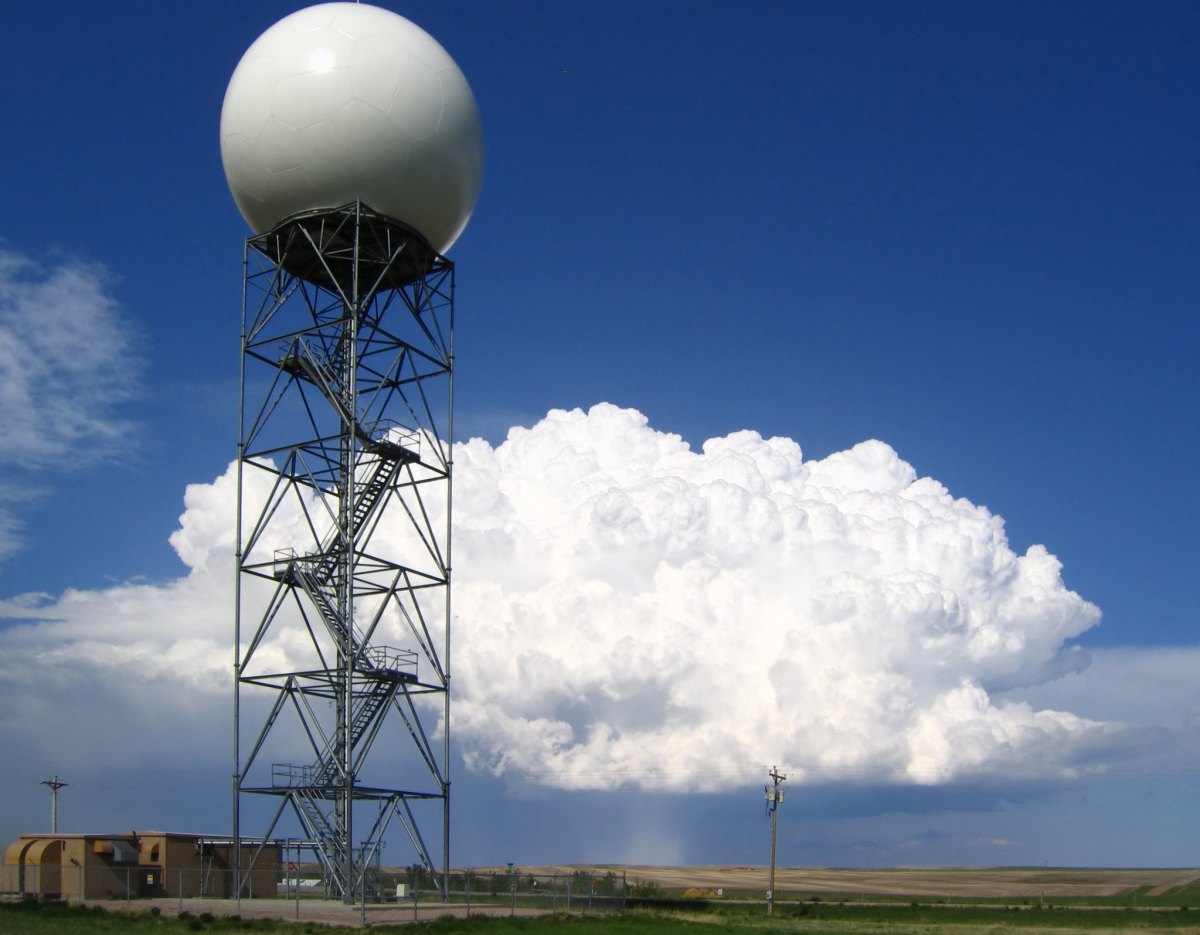Understanding Weather Radar Technology

Weather radar, a remote sensing technology, detects and measures the presence of precipitation (rain, snow, hail) and its motion. It operates by emitting electromagnetic waves (pulses) from an antenna, which scatter off hydrometeors (precipitation particles) and return to the radar receiver.
The radar receiver analyzes the returned signal’s amplitude, frequency, and phase to determine the precipitation’s intensity, type, and velocity. This data is then processed and displayed as a radar image, providing valuable information about weather conditions.
Analyzing Weather Radar Data

Weather radar technology is a valuable tool for meteorologists and weather forecasters, providing real-time information about the structure, movement, and intensity of precipitation. By analyzing the data collected by weather radars, meteorologists can identify and track weather features, such as rain, snow, and thunderstorms, and issue timely warnings and forecasts.
Parameters Measured by Weather Radar
Weather radars measure several parameters that provide valuable information about the precipitation:
- Reflectivity: Measures the intensity of precipitation, indicating the amount of energy reflected back to the radar by precipitation particles. Higher reflectivity values indicate heavier precipitation.
- Velocity: Measures the speed and direction of precipitation particles, helping to determine the movement and intensity of storms.
- Spectrum Width: Measures the spread of velocities within a precipitation echo, providing information about the size and shape of precipitation particles.
Identifying and Tracking Weather Features
By analyzing the data collected by weather radars, meteorologists can identify and track various weather features:
- Rain: Weather radars can detect and track rain, providing information about its intensity and movement. This information is crucial for issuing timely warnings for heavy rainfall and potential flooding.
- Snow: Weather radars can also detect and track snow, providing information about its depth, accumulation, and movement. This information is important for winter weather forecasting and warning systems.
- Thunderstorms: Weather radars are particularly effective in detecting and tracking thunderstorms. By analyzing the reflectivity, velocity, and spectrum width data, meteorologists can identify the location, intensity, and movement of thunderstorms, helping to issue timely warnings for severe weather.
Applications in Weather Forecasting and Warning Systems
Weather radar data is widely used in weather forecasting and warning systems:
- Short-Term Forecasting: Weather radar data is used for short-term forecasting, providing information about the movement and intensity of precipitation over the next few hours. This information is crucial for issuing timely warnings for severe weather, such as tornadoes and hail.
- Severe Weather Warnings: Weather radar data is used to issue severe weather warnings, such as tornado warnings and flash flood warnings. By analyzing the data, meteorologists can identify and track storms that have the potential to produce severe weather.
- Aviation Safety: Weather radar data is used to provide information about precipitation and other weather hazards to pilots, helping to ensure aviation safety.
The weather radar, a tool that has revolutionized weather forecasting, provides a comprehensive view of precipitation patterns. For real-time updates, consider using live weather radar , which offers interactive maps and detailed information on current weather conditions. Weather radar remains an indispensable tool, enabling us to stay informed and make informed decisions regarding weather-related activities.
Weather radar, a powerful tool for monitoring precipitation, allows us to anticipate the weather’s whims. If you’re particularly interested in the Louisville area, you can tune into the louisville weather radar for real-time updates. This radar provides invaluable insights into the movement and intensity of storms, helping us stay informed and prepared for the weather’s unpredictable nature.